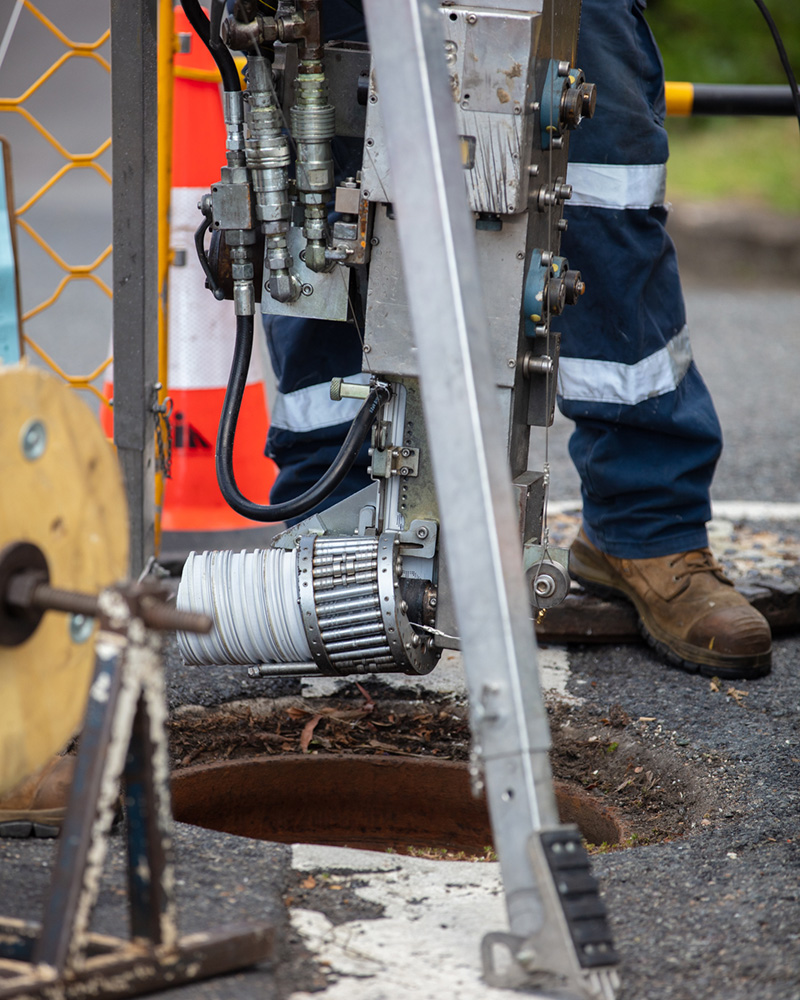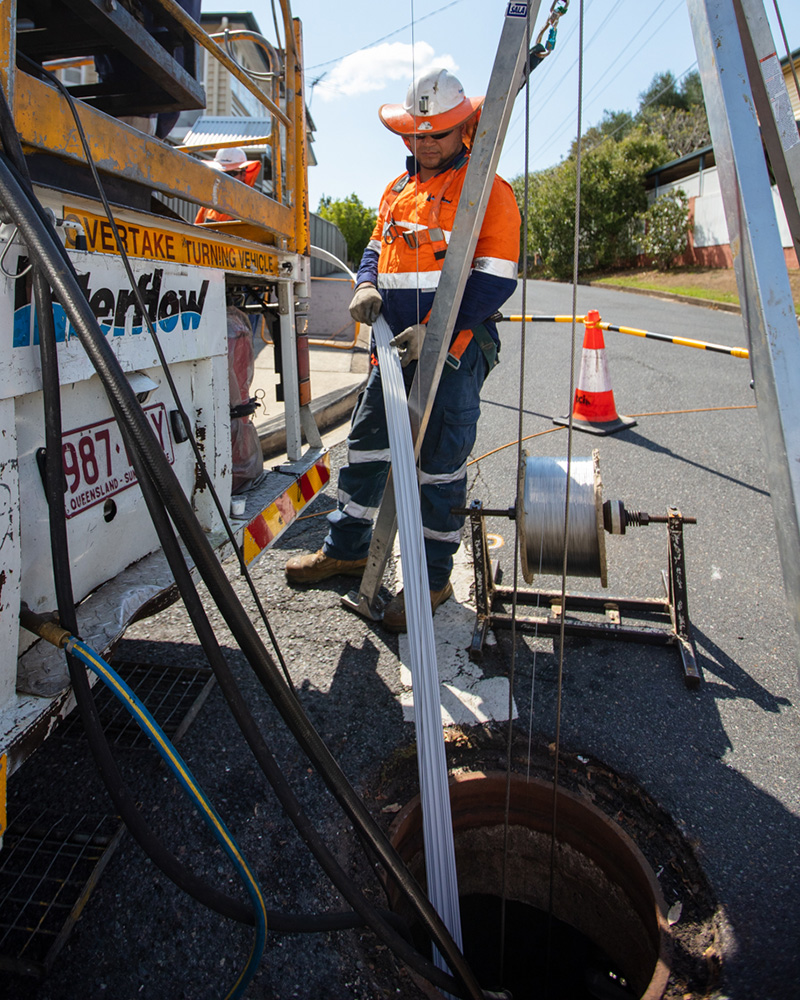SPONSORED CONTENT
Spiral wound lining is a sustainable method of pipe maintenance, allowing water authorities and councils to renew their critical infrastructure. Interflow is an expert in this field and has been pioneering new techniques for decades.
Spiral wound lining is a trenchless technology that uses a continuous plastic strip to form liners in gravity pipelines. This unique rehabilitation method originated in Australia and Japan during the 1980s and has been used on millions of metres of pipe across the globe.
Like CIPP or slip lining, spiral wound liners provide a structural lining solution for fully deteriorated pipelines with minimal site disruption. Interflow has become synonymous with the technology, having installed more than 95% of all spiral wound liners across the country.
Types of spiral wound liner
Expanda was developed in Australia by Rib Loc, Interflow’s technology partner, and released worldwide in 1990. It produces a PVC liner in intimate contact with the host pipe. To date, Interflow has lined over 1.5 million metres of pipe with the product.
Rotaloc is a Rib Loc development for larger pipes and has been used to renew sewer and stormwater pipelines and culverts worldwide. It is installed by winding a continuous strip of interlocked PVC using a custom winding machine that can adjust the diameter of the liner as it moves along the pipeline.

Benefits of spiral wound lining
Why have spiral wound pipes become so successful? What are the main benefits to the installer and client?
First, spiral wound lining is made from a ribbed structure, giving it a high strength-to-weight ratio. That means less material is needed, making it a cost-effective and sustainable solution. Such strength saw the Victorian Department of Transport in Australia introduce steel reinforced Rotaloc for rehabilitating three road culverts under a major freeway. Rotaloc was strong enough to rehabilitate the three culverts without relying on the integrity of the host pipe.
Spiral wound lining installations also tend to have small site footprints and minimise disruptions to residents. Liners can be installed while liquids flow through pipes without bypassing the flow.
By locking strips of lining together, the installation process is entirely mechanical. There is no need for any curing or heating to prepare the lining for the pipe. This was a suitable solution in Paraburdoo in remote Western Australia, where Interflow installed more than two kilometres of sewers with Expanda spiral wound liners.

Where to now with spiral wound lining?
Over the past 25 years, advances have extended spiral wound linings’ capabilities to larger sizes and greater load-carrying capacities. It can be utilised in applications where rehabilitation by lining would otherwise have been impossible.
Investment is being made in further research and development. These results should see the possibilities extend further for trenchless structural pipeline rehabilitation.
For more information, visit interflow.co.nz.



